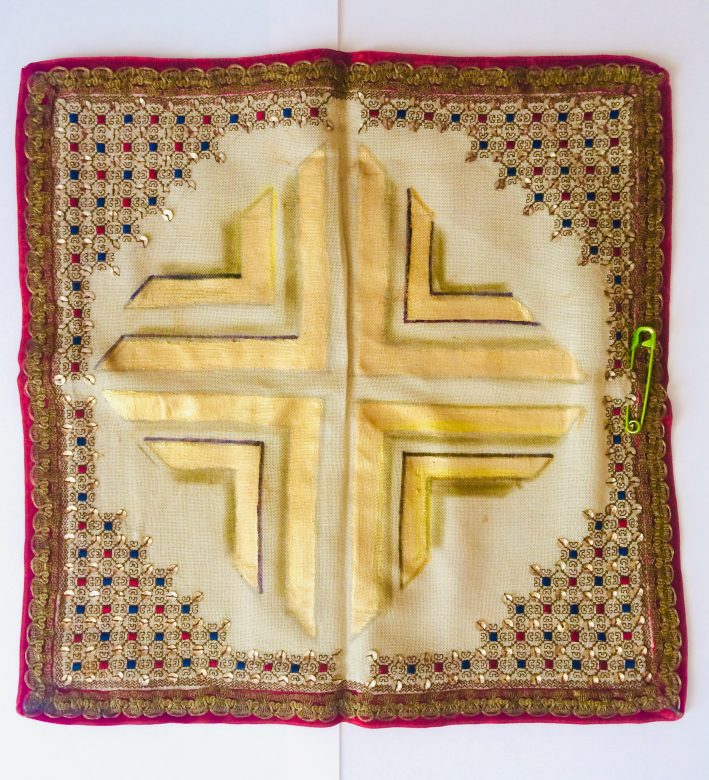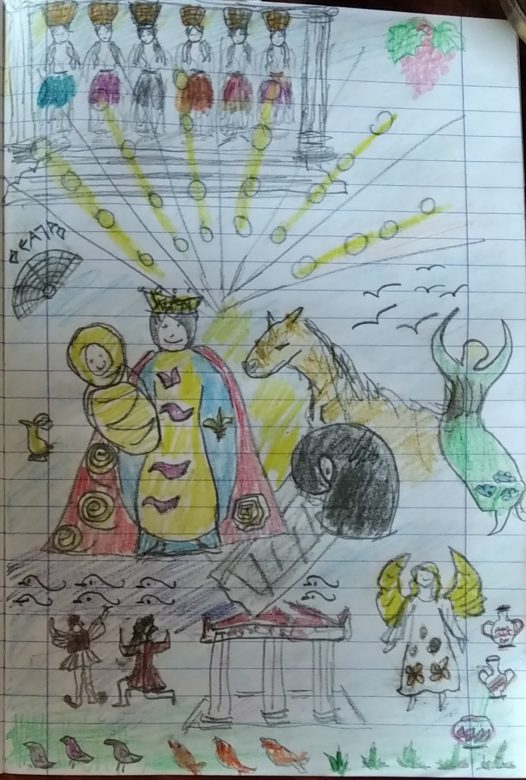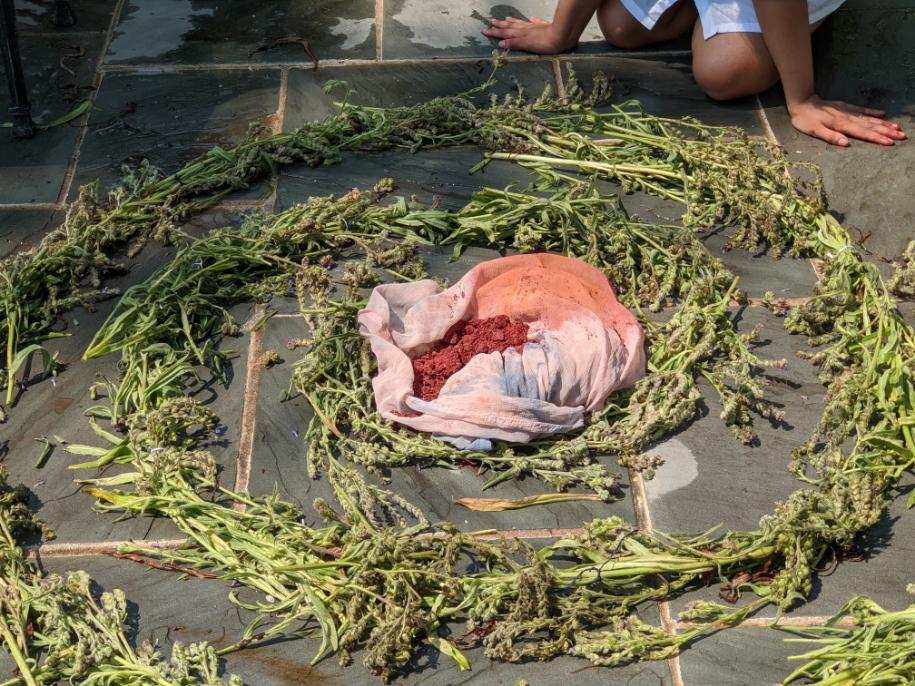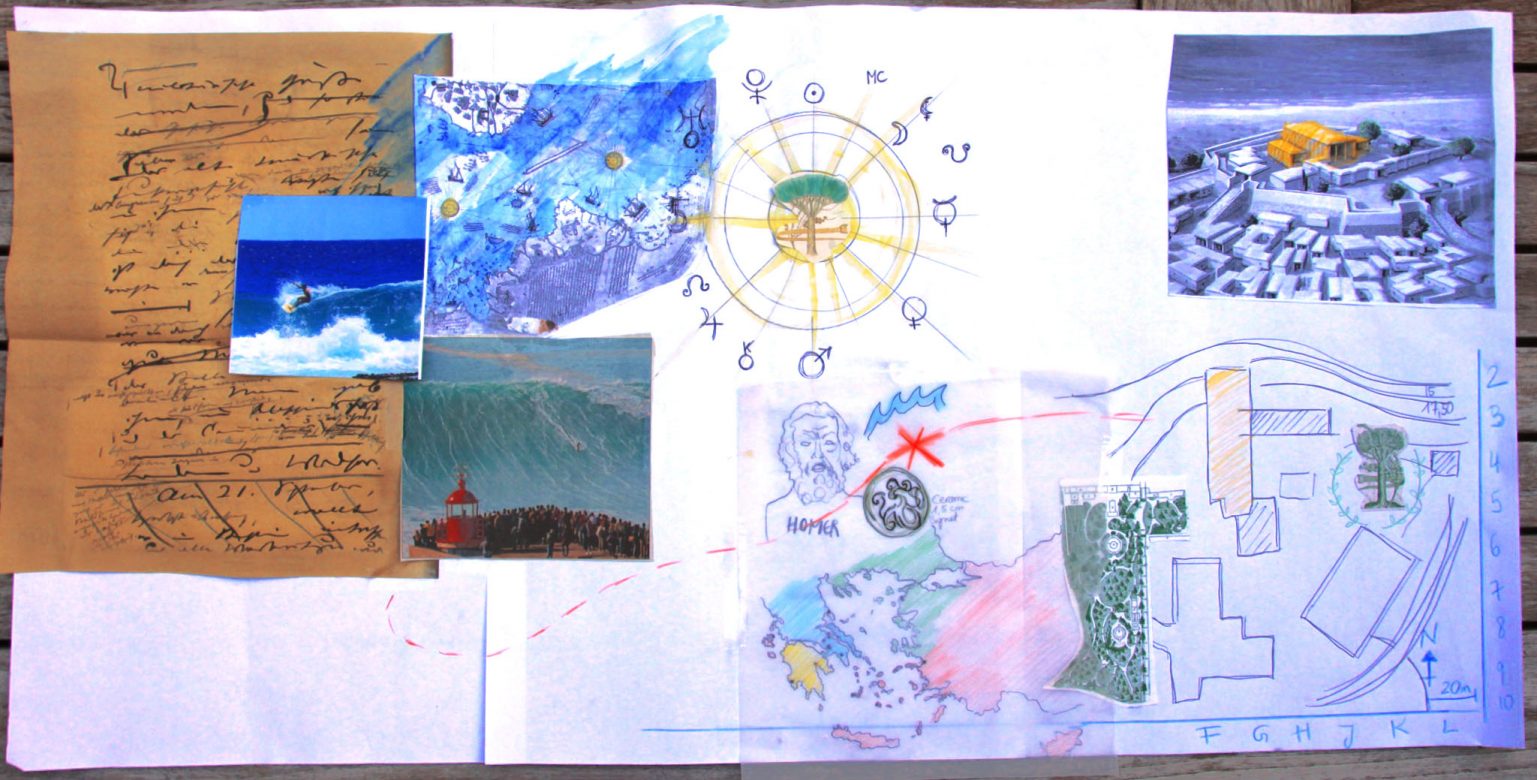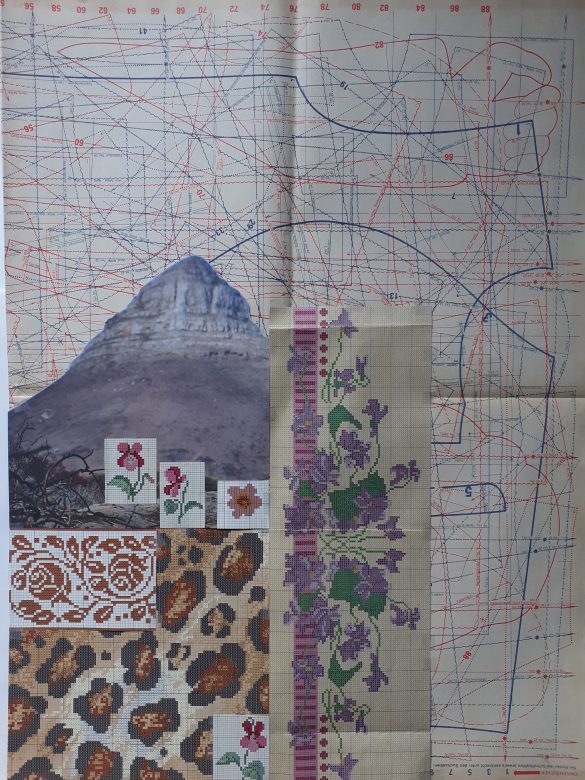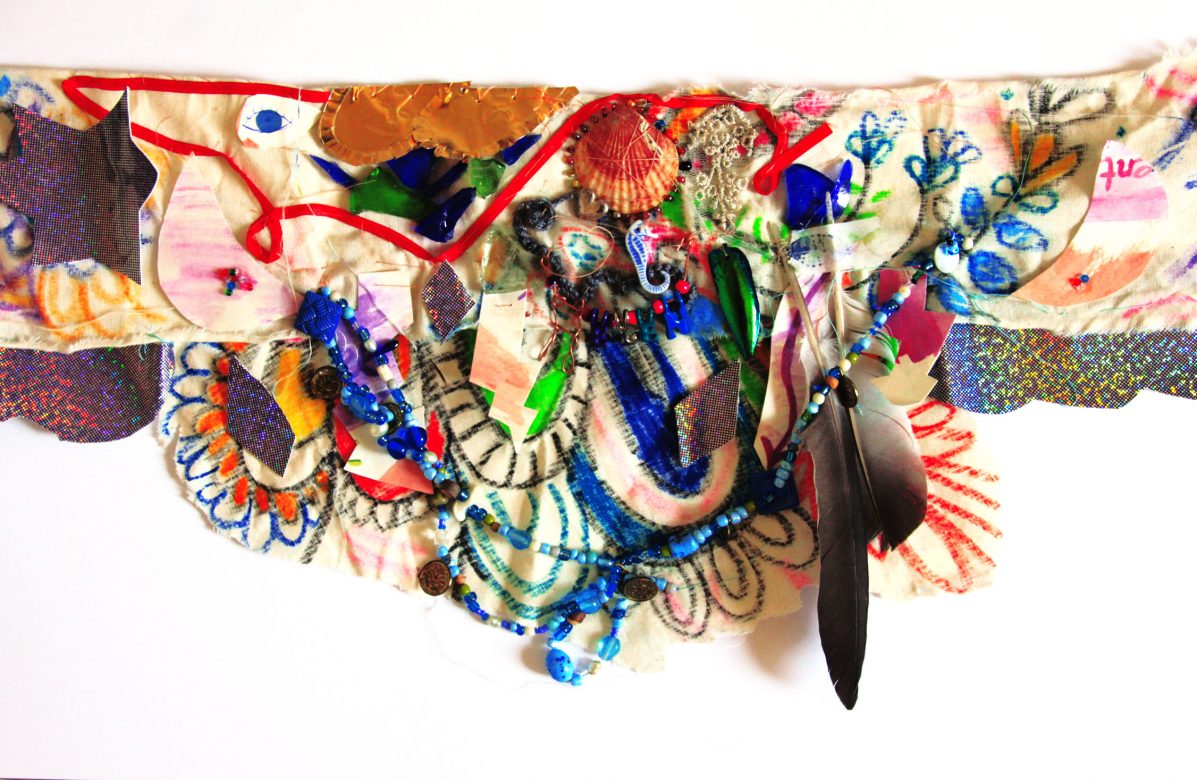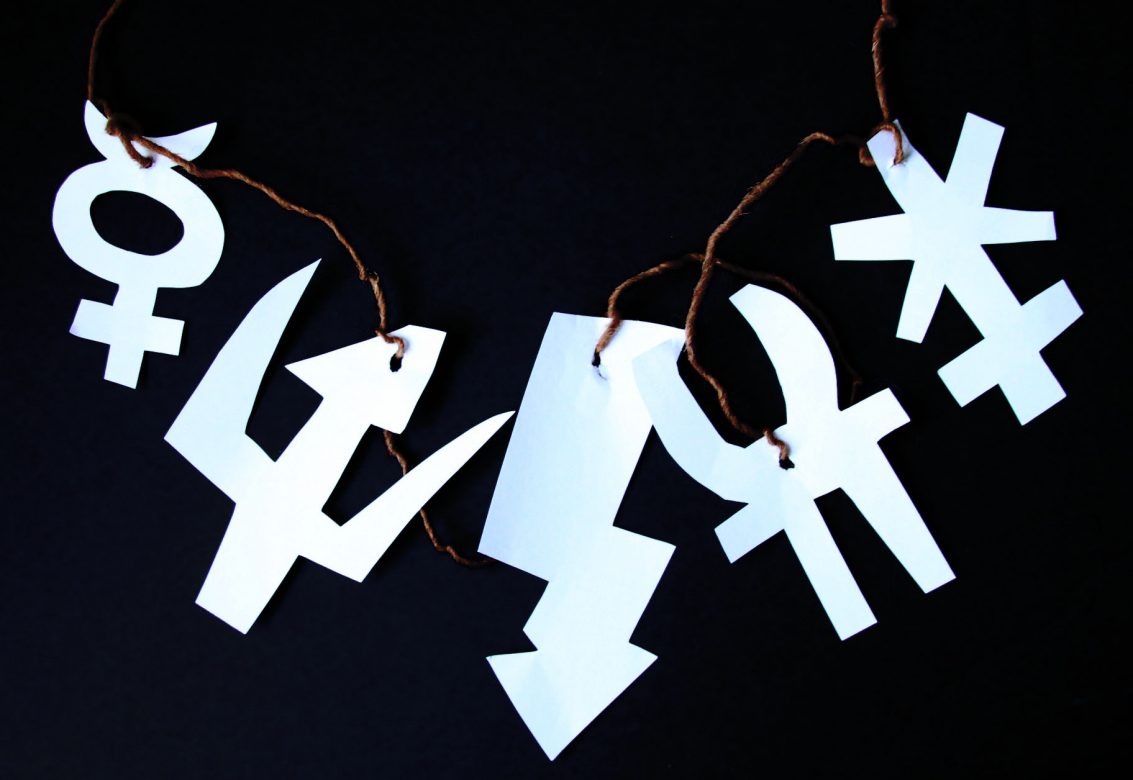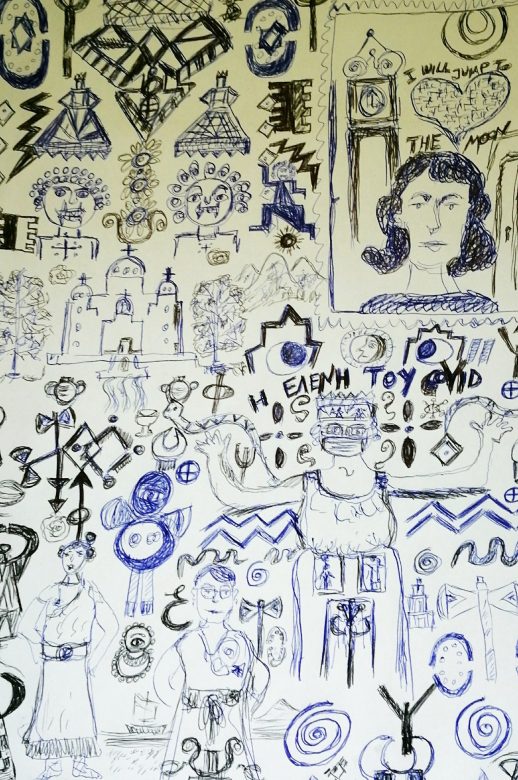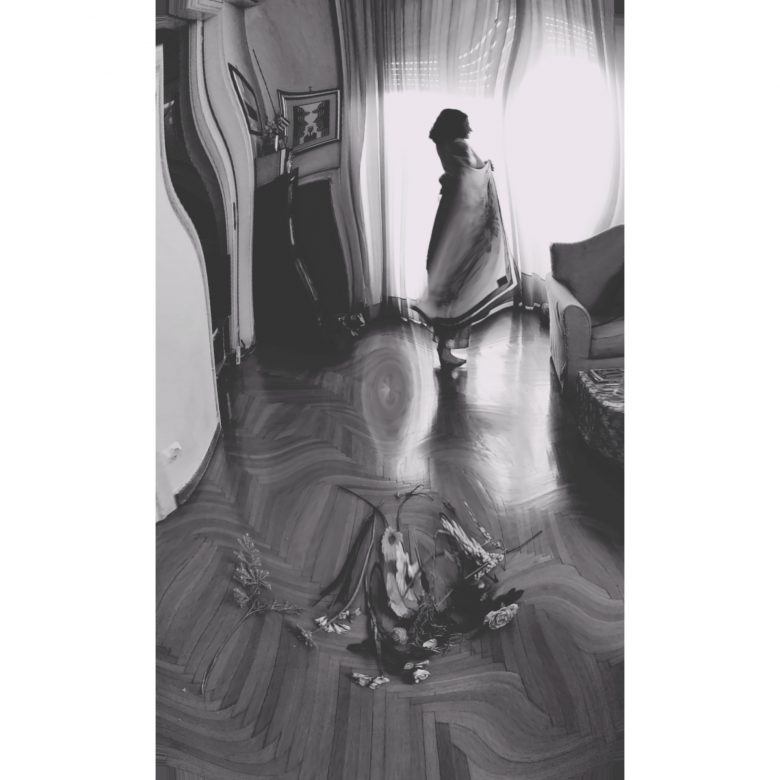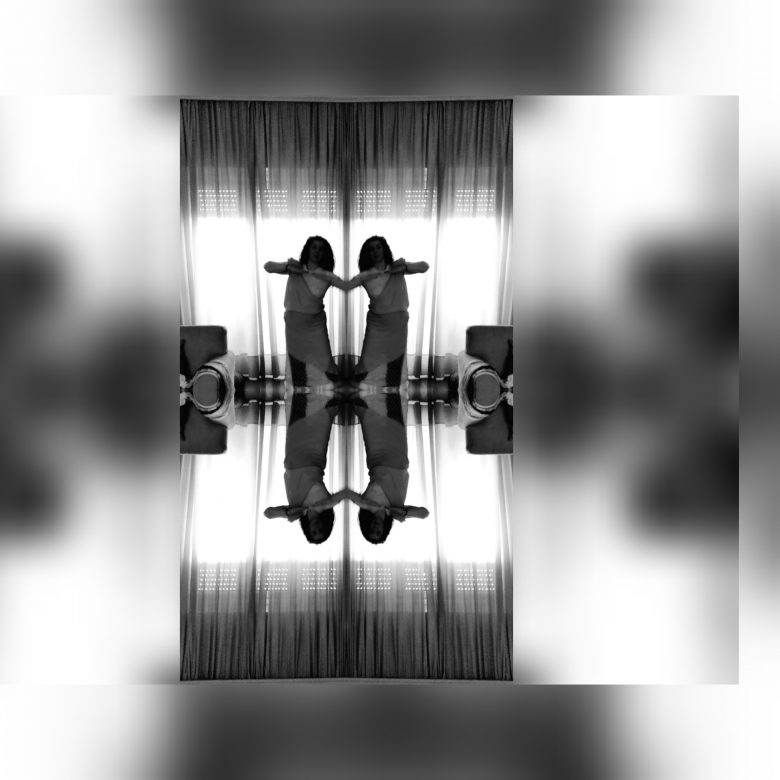Eight international artists “hosted” during the period from 22 to 27 June 2020, in cyberspace from Vamvakou … where they attended an intensive program of meetings, workshops and lectures on embroidery and Greek mythology, using new technologies. The e-residency program “Helen’s Dress” was an innovative answer in unprecedented challenges of the times and paves new paths in art. The program implemented for the first time by Vamvakou Revival, as a part of the project Vamvakou Revival, thanks to an exclusive grant of Stavros Niarchos Foundation (SNF). “Helen’s Dress” artist in residence, as well as the e-Residency version, has been designed and is curated by visual artists Christoph Ziegler (Germany) and Loukía Richards (Greece).
Can Greek mythology answer contemporary problems? Can Greek embroidery translate modern topics into symbols and motifs? Can Greek embroidery communicate ideas in a visual, easily understood, “esperanto”.
Participated artists: Carla Castiajo, visual artist, Portugal | Anika Gupta, writer, and Trisha Gupta, textile artist, India/USA | Anastasia Hassiotis, choreographer and writer, Greece | Christina Mitrentse, visual artist, UK/Greece | Amelie Spitz, Jewellery artist, Germany | Hannah Stippl, visual artist, Austria | Aggeliki Symeonidou, Embroiderer and crafts activist, Greece.
